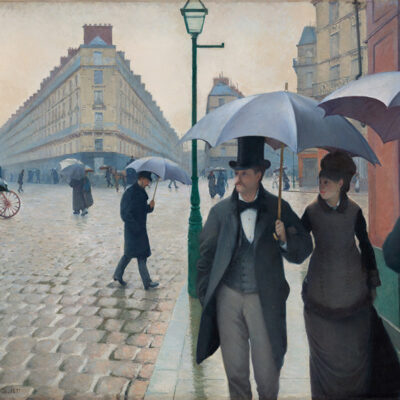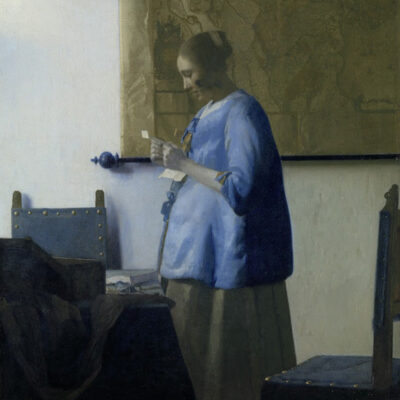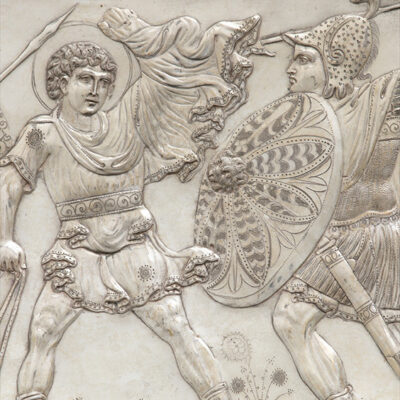37th CIHA World Congress: Sovereignty
- REGISTRATION (FORTHCOMING)

The experience of sovereignty can be an individual’s claimed self-empowerment or a group’s self-rule and rule over others as well. The production and assertion of sovereign power through visual means has been central to the formation of artistic cultures from the construction of burial sites, stamping of currency, forging of metal jewelry, and construction of agrarian and urban settlements. In turn, the rise of ‘sovereignty’ as a terminology, coined in the fourteenth century and central to the development of international law in the seventeenth and eighteenth centuries, is central to the rise of the nation state, the formation of art history as a discipline and its accompanying institutions of the University and the Museum. Sovereign power can be exploited to create states of exception and exclusion while the claiming of sovereignty can also be necessary to reclaiming power over self-representation, as demonstrated in Indigenous studies.
The 2028 CIHA Washington theme of “Sovereignty” takes up crucial questions of state power and its legitimation, international law, visual strategies to create communities of belonging and exclusion, and the central role of visual regimes to normalize concepts of private property, public space, privacy, and dispossession. In calling for papers and sessions that engage with ‘sovereignty’ we aim to neither celebrate nor denounce but instead powerfully interrogate the long history of power and representation, and its intersection with different codes of law, government, territory, and state across time and space. The theme of “Sovereignty” engages political terms of urgent interest for contemporary debates while simultaneously speaking broadly to historically and geographically diverse periods and cultures. This term is meant as opening up both possibilities but also problems and challenges for the exploration of art historical questions from all eras and geographies. Washington D.C., as the capital city in the United States, is a paradigmatic site for such a discussion, and the US National Committee for the History of Art welcomes all to join in this debate. It can be taken up in relation to individual works of art or formal strategies, or theoretically in terms of characterizing movements or groups, or historically as part of the ever-changing dynamic between authority and individual agency. We aim for the political valence of the theme to provide an opportunity for an international community to clarify the many interests at stake historically and globally in sovereignty and its artistic legacies and futures.
College Art Association 114th Annual Conference
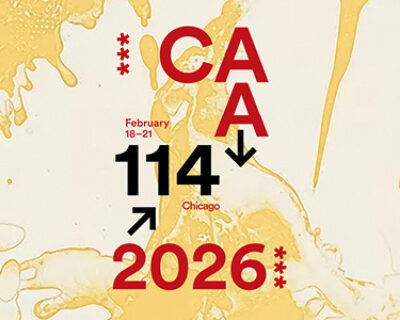
The CAA Annual Conference is the largest convening of art historians, artists, designers, curators, and visual arts professionals. Each year sessions offered are submitted by members, committees, and affiliated societies that deliver a wide range of program content.
College Art Association 113th Annual Conference

The College Art Association Annual Conference is the largest international gathering of professionals in the visual arts. The program is filled with opportunities to join more than 250 stimulating sessions and meetings on a wide range of topics on art scholarship and practice; to engage in in-depth discussions on new scholarship, innovative art, and issues in the arts today; and to connect with colleagues from across the country and around the world.
36th CIHA World Congress: Matter Materiality
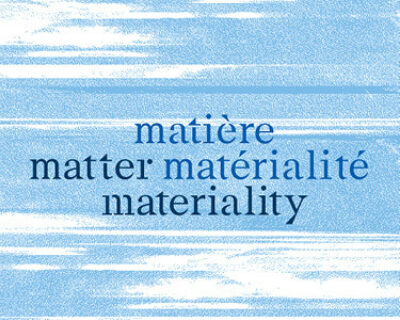
Matter and materiality are inherent to the conception, production, interpretation and conservation of artifacts in all cultures across all periods of time. In recent decades these notions have given rise to theoretical reflections, including a rethinking of the hylemorphic model (form/matter opposition). A world is open to us in which matter is no longer fixed and inert but in motion, in the grip of infinite transformations, a world of flux (G. Deleuze, T. Ingold), where vital matter is endowed with agency (J. Bennett).
Materiality, resulting from the effect produced by the properties of matter, is grasped within environments and contexts of reception that are also changing and have nothing fixed or definitive. These properties are manifested through the effects of textures, surfaces, weight, extension in space, format, gestural traces, and material effects… The concept of materiality therefore refers to the fact that the artifacts are composed of materials and, at a theoretical level, to all the processes — technical, cultural and social — that undergird the realization and the material perception of works of art.
It is in this spirit that the theme chosen for the 36th CIHA congress is intended. This theme thus provides an opportunity for fruitful intercultural and interdisciplinary dialogue on questions that promote a transversal perspective at the intersection of approaches and methodologies.



